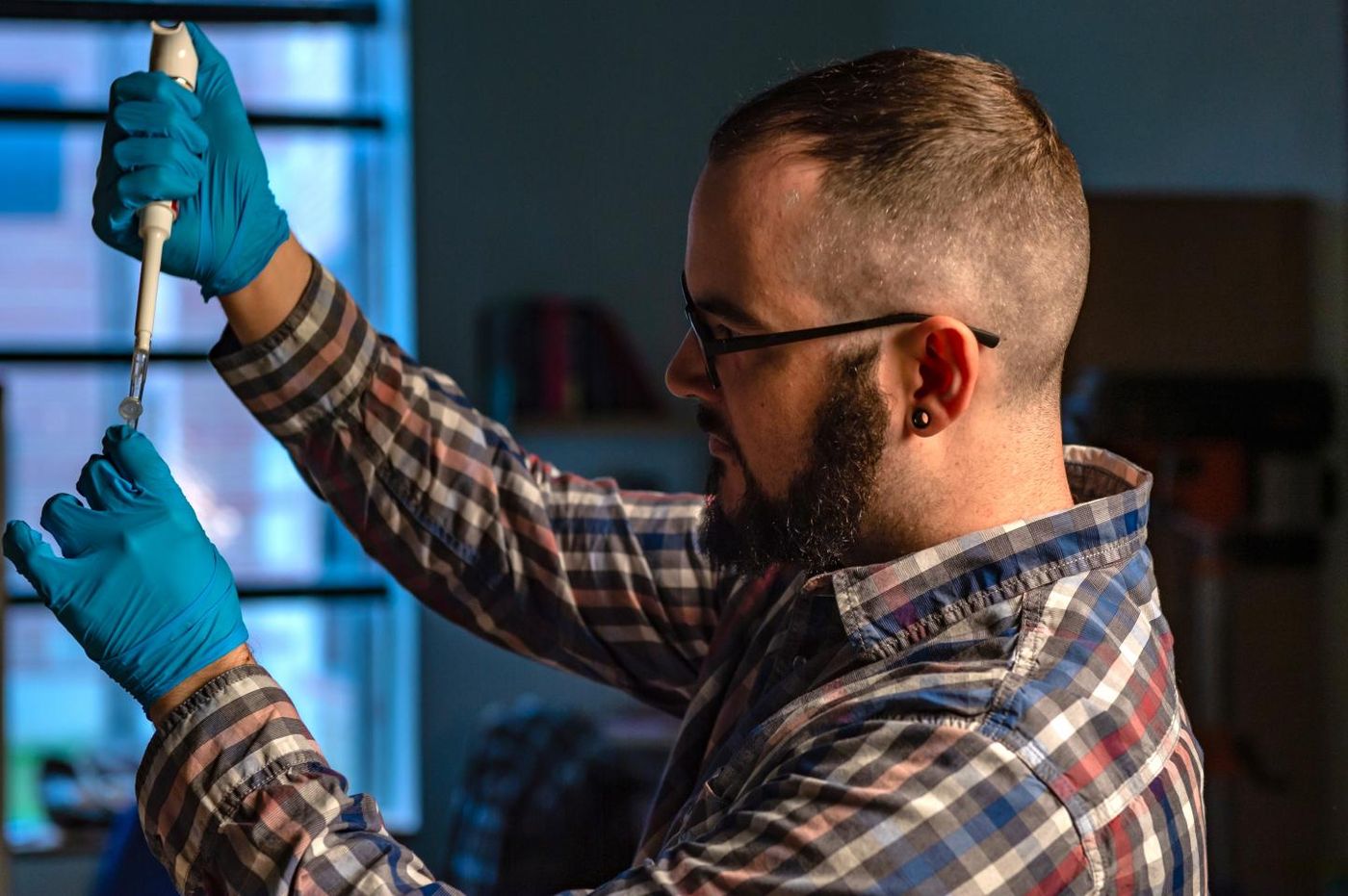In Developing Cells, Signals Can Depend on Context
During development, cells have to proliferate and specialize into every type that constructs the body. Those cells have to communicate and coordinate with one another, which depends on context, according to new work by researchers at Rice University. They have learned more about a cellular pathway called WNT, which carries signals into the cell, and is critical to development. It seems that not only can WNT respond to various triggers that we already knew about; but as it influences the fate of cells, those very cells can change how they react to WNT signals. The findings have been reported in the Proceedings of the National Academy of Sciences (PNAS).
As an organism develops, the WNT pathway (outlined in the video at the bottom of the article) helps direct the differentiation of cells into their special types using beta-catenin proteins, which impact gene expression.
"We know that cells in development become all the different types of cells in the body," said the lead author of the study, graduate candidate Joseph Massey. "To do that in the right place and at the right time, they have to have some kind of positional timing cues, and share information with each other. While we've known the identity of some of the proteins involved, we haven't had the tools to understand them. In this work, we used modern gene-editing tools to visualize some of these transducer proteins, those in the WNT signaling pathway."
In previous work, other scientists used more mature cells, noted Rice bioscientist Aryeh Warmflash. "They said, 'Oh well, the WNT pathway is probably the same in every cell, so let's just take the easiest cell to study.' "We found that's totally wrong. The WNT pathway is different in stem cells and differentiated cells," he explained. "Cells probably tune the dynamics of the WNT pathway to make it perform different functions in different contexts."
In the video, beta-catenin is shown in green and the cells' nuclei are in magenta. The graph at bottom-right shows the average amount of beta-catenin in hundreds of stem cells' nuclei.
The researchers used techniques created by Warmflash to image individual, live, human pluripotent stem cells. They employed the CRISPR/Cas9 gene editor to add a fluorescent tag to beta-catenin, and they could then track changes in the cells.
"We found that the signaling dynamics - how the cells respond to signaling cues - in pluripotent cells is very different from what happens in some of the other cell types we looked at," Massey said. "Not only that, whenever pluripotent cells begin to differentiate to a type of cells called the primitive streak [an important developmental structure], the response to the signal is also very different."
"Our research highlights for the first time for this signaling pathway that the dynamics, the way the cells interpret these signals, is very much context-dependent," Massey said.
Additional work indicated that when levels of certain growth factor proteins - activin and BMP were altered, beta-catenin signaling dynamics were changed.
Mutations to these pathways can often be identified in human cancers, so this mechanism is important for a variety of reasons, Warmflash said. "What natural pathways do is much more intricate and complex than anything people have been able to build," he added. "If you can understand it, you can use it."
"We still only understand a fraction of how early development works," Massey said. "Eventually we will be able to explain these developing systems with increasingly predictive models, and to get there we must make specific quantitative measurements. Hopefully, as we better understand how cells use pathways to communicate, clinicians might someday exploit these dynamics to treat diseases."
Sources: AAAS/Eurekalert! via Rice University, PNAS



![WGS for rare disease diagnosis [eBook]](https://d3bkbkx82g74b8.cloudfront.net/eyJidWNrZXQiOiJsYWJyb290cy1pbWFnZXMiLCJrZXkiOiJjb250ZW50X2FydGljbGVfcHJvZmlsZV9pbWFnZV84MmRlM2UyYjA5M2Q3ZTYwOTI3Zjc1YTRjOWU2N2RmMjkzMThjMTJkXzI1MDcucG5nIiwiZWRpdHMiOnsidG9Gb3JtYXQiOiJqcGciLCJyZXNpemUiOnsid2lkdGgiOjcwMCwiaGVpZ2h0IjozNTAsImZpdCI6ImNvdmVyIiwicG9zaXRpb24iOiJjZW50ZXIiLCJiYWNrZ3JvdW5kIjoiI2ZmZiJ9LCJmbGF0dGVuIjp7ImJhY2tncm91bmQiOiIjZmZmIn19fQ==)





